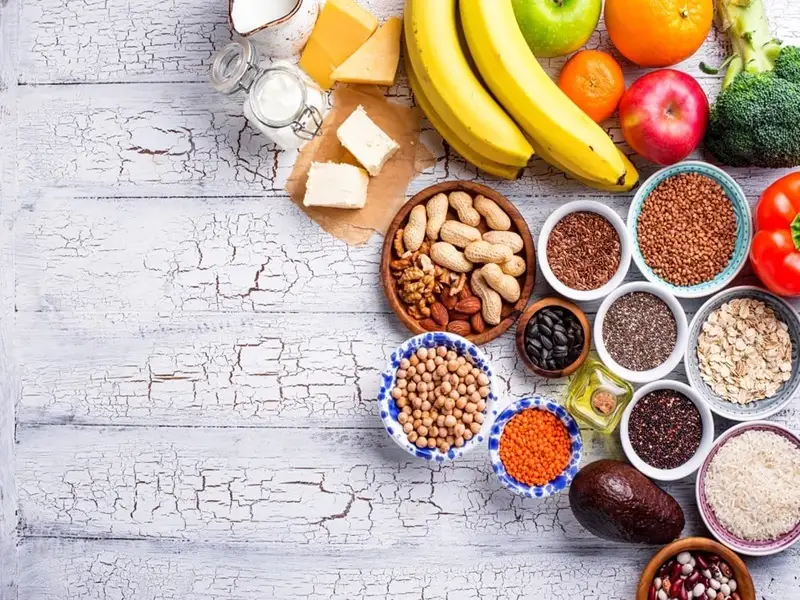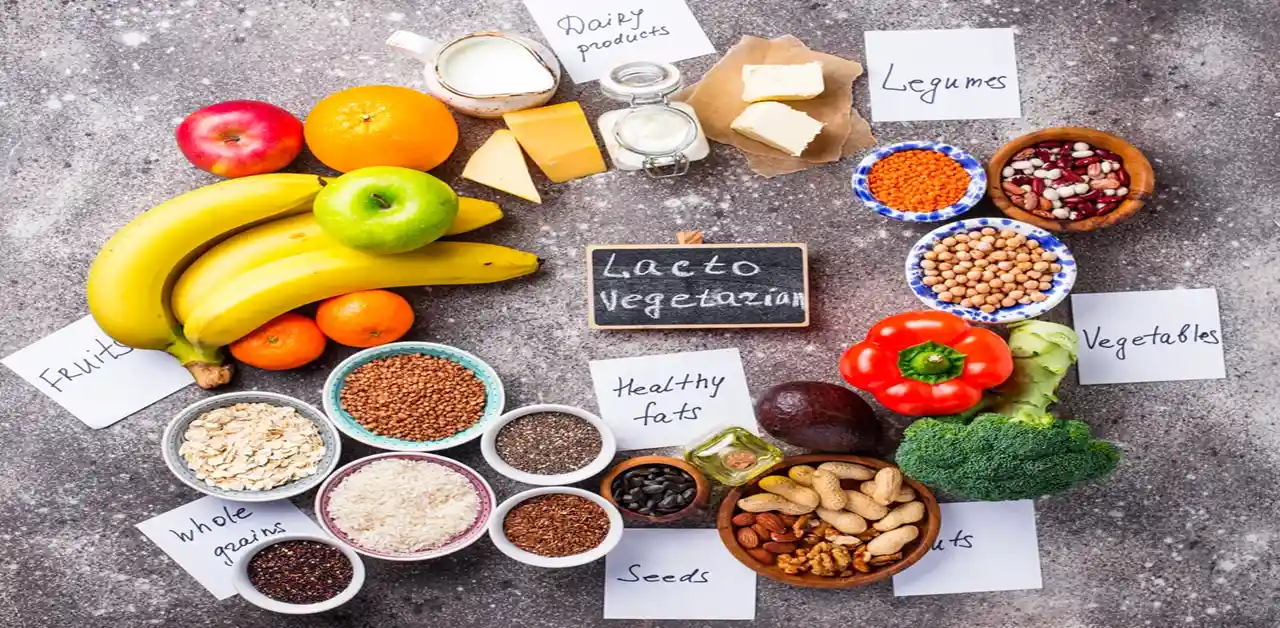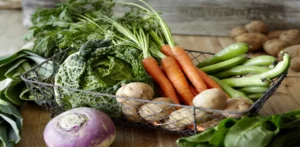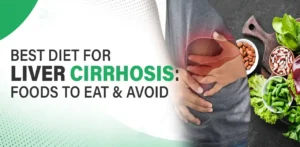Contents
In the realm of healthy eating, vegetarianism has long been celebrated for its numerous health benefits and ethical considerations. Within this spectrum, lacto vegetarianism is a popular choice, offering a balanced diet that includes dairy products while excluding meat, fish, poultry, and eggs. This blog post will explore the fundamentals of lacto vegetarianism, its benefits, meal plans, and how IntRest can help you find healthy meals and restaurants near you.

What is Lacto Vegetarianism?
Lacto vegetarianism is a form of vegetarian diet that allows the consumption of dairy products such as milk, cheese, yogurt, and butter but excludes eggs, meat, poultry, and fish. This diet is embraced by many cultures and is chosen for both health and ethical reasons.
Also Read: “Cracking the Code: A Guide to Ovo-Vegetarianism on IntRest”

What Do Lacto Vegetarians Eat?
Lacto vegetarians enjoy a diverse range of foods, which include:
- Dairy Products: Milk, cheese, yogurt, and butter.
- Fruits and Vegetables: Fresh, frozen, or dried fruits and vegetables in a variety of types.
- Grains and Cereals: Whole grains like rice, quinoa, oats, and whole-wheat products.
- Legumes: Beans, lentils, chickpeas, and peas.
- Nuts and Seeds: Almonds, walnuts, flaxseeds, chia seeds, and more.
- Herbs and Spices: A plethora of herbs and spices to enhance flavor and nutrition.
Also Read: “Dive into the Pollotarian Diet: A Beginner’s Guide to Poultry-Powered Wellness”
What Do Lacto Vegetarians Not Eat?
Lacto vegetarians exclude the following from their diet:
- Meat: Beef, pork, lamb, and other red meats.
- Poultry: Chicken, turkey, duck, and other birds.
- Fish and Seafood: All types of fish and shellfish.
- Eggs: Any products containing eggs or egg-derived ingredients.

Lacto Vegetarianism Food List
Here’s a detailed lacto vegetarianism food list to guide you:
- Dairy: Milk, cheese (including cottage cheese, mozzarella, cheddar), yogurt, butter, and ghee.
- Vegetables: Leafy greens (spinach, kale), root vegetables (carrots, potatoes), cruciferous vegetables (broccoli, cauliflower), and more.
- Fruits: Berries, apples, bananas, citrus fruits, melons, and tropical fruits.
- Grains: Brown rice, whole wheat, barley, millet, and corn.
- Legumes: Black beans, kidney beans, lentils, soybeans, and tofu.
- Nuts and Seeds: Almonds, cashews, peanuts, sunflower seeds, and sesame seeds.
- Herbs and Spices: Basil, cilantro, cumin, turmeric, ginger, and garlic.
Also Read: “Discover the Best Mediterranean Diet Options”
Lacto Vegetarianism Diet Plan
A balanced lacto vegetarian diet plan ensures you get all necessary nutrients while enjoying a variety of delicious meals. Here’s a sample diet plan:

Lacto-Vegetarian Breakfast
- Option 1: Greek yogurt with honey, almonds, and fresh berries.
- Option 2: Whole grain toast with avocado and a side of fruit salad.
- Option 3: Oatmeal topped with nuts, seeds, and a drizzle of maple syrup.
Lacto-Vegetarian Lunch
- Option 1: Quinoa salad with roasted vegetables, chickpeas, and feta cheese.
- Option 2: Lentil soup with a side of whole grain bread.
- Option 3: Spinach and ricotta stuffed whole wheat pasta with a tomato-basil sauce.
Lacto-Vegetarian Dinner
- Option 1: Vegetable curry with basmati rice and a side of raita (yogurt-based condiment).
- Option 2: Stuffed bell peppers with quinoa, black beans, corn, and cheese.
- Option 3: Stir-fried tofu and vegetables served over brown rice.
Lacto Vegetarian Desserts
- Option 1: Rice pudding made with milk and flavored with cinnamon and cardamom.
- Option 2: Greek yogurt parfait with layers of granola and mixed berries.
- Option 3: Banana bread made with whole wheat flour and walnuts.

Also Read: “Comprehensive Guide to Ketogenic Diets: Health and Weight Loss”
Benefits of Lacto Vegetarianism
Adopting a lacto vegetarian diet can offer numerous health benefits, including:
- Nutrient-Rich: High in vitamins, minerals, and antioxidants from fruits, vegetables, and dairy.
- Heart Health: Lower risk of heart disease due to reduced intake of saturated fats from meat.
- Weight Management: Often lower in calories and higher in fiber, aiding in weight control.
- Digestive Health: High fiber intake from plant-based foods promotes healthy digestion.
- Ethical and Environmental: Reduced carbon footprint and ethical treatment of animals.
Lacto-Vegetarian vs Vegetarian
While both lacto vegetarians and other vegetarians avoid meat, the key difference lies in the inclusion of dairy products. Lacto vegetarians consume dairy but do not eat eggs, whereas other vegetarians might include both dairy and eggs (lacto-ovo vegetarians) or exclude both (vegans).
Eating out can sometimes be challenging for those following a specific diet. However, many restaurants now offer a variety of healthy meals catering to different dietary needs. When searching for “healthy food near me” or “restaurants near me,” consider using IntRest. This innovative platform categorizes restaurant menus based on dietary preferences, allergies, diseases, and user interests.
With IntRest, you can easily filter restaurant menus to find dishes that align with your lacto vegetarian diet. Whether you’re looking for a hearty breakfast, a nutritious lunch, a satisfying dinner, or even a delightful dessert, IntRest ensures you can make informed choices that support your health goals.
Lacto vegetarianism offers a balanced and nutritious way of eating that supports overall health and wellness. With its focus on plant-based foods and dairy, it provides a wealth of options for delicious and healthy meals.
By using IntRest, you can conveniently find restaurants that cater to your lacto vegetarian diet, ensuring that you can enjoy eating out without compromising your dietary needs.
Discover the joys and benefits of lacto vegetarianism today, and let IntRest guide you to healthy food choices wherever you go!



